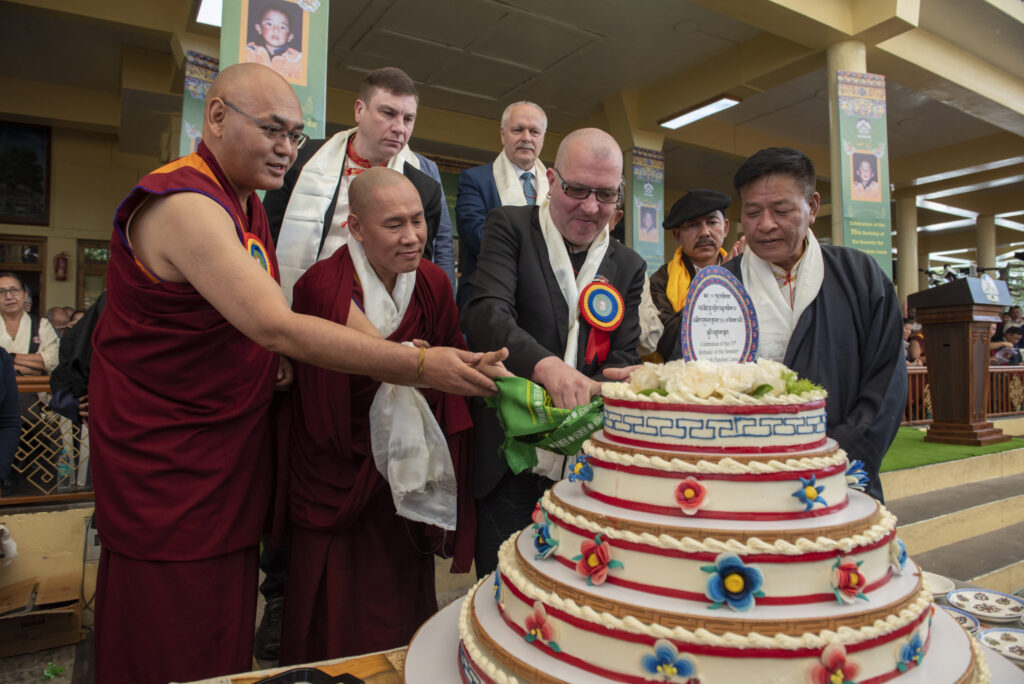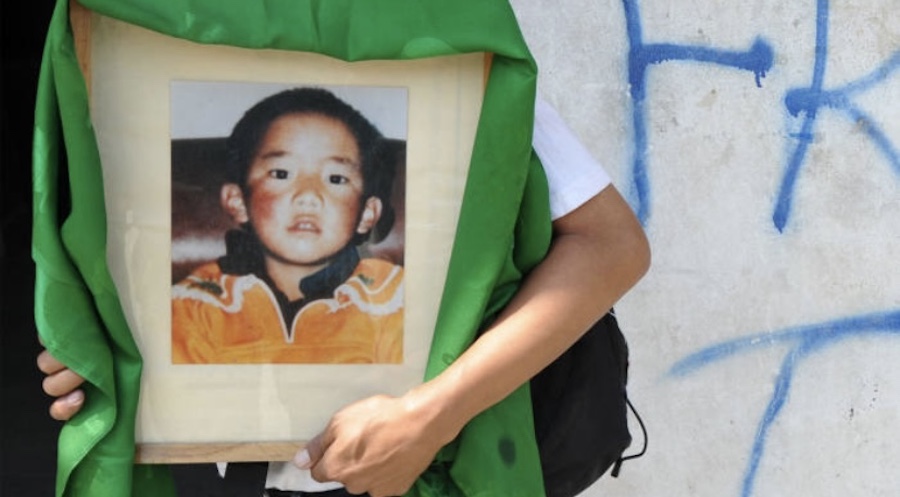Despite the recent number of delegations, China has nothing substantial to offer Tibetans, yet
 Rajiv Mehrotra is a student of the Dalai Lama. He has edited Understanding the Dalai Lama (Viking 2004) which will be formally released on July 6, the Dalai Lama’s 70th birthday. Twentythree contributors from around the world offer insights on His Holiness.
Rajiv Mehrotra is a student of the Dalai Lama. He has edited Understanding the Dalai Lama (Viking 2004) which will be formally released on July 6, the Dalai Lama’s 70th birthday. Twentythree contributors from around the world offer insights on His Holiness.
Has the Dalai Lama’s stand on independence changed now?
The Dalai Lama’s position has evolved over the years based on changing circumstances. His recent articulations are not an overnight or sudden, dramatic shift. Tibet was an independent country before the Chinese invasion. It had its own identity, currency, postage, government and most importantly its own unique culture. The Dalai Lama was obliged to escape from Tibet in 1959 because of the Chinese invasion and occupation which was described by the International Commission of Jurists as genocide.
Tibet lost its independence and His Holiness and the Tibetan people have campaigned long and hard for its restoration with a deep commitment to non-violence. In the mid 1980s, with the opening of China and the first exchanges between the Tibetan community in exile and the Chinese regime, His Holiness offered an alternative to China in the hope that a transparent, accommodating and a more practical approach might build trust and yield quick, real and substantive results to benefit the Tibetan people who were experiencing grave suffering.
The goal was not some abstract notion of ‘freedom’ but the real opportunity, space and freedom for Tibet and Tibetans to practice their faith, retain their culture and identity.
In recent times, His Holiness has felt that the long term interests of the Tibetan people and the preservation of their culture could best be served if these were made the focus rather than the issue of independence per se.
Even though we have a significant Tibetan population in the country, the general perception is that they haven’t really integrated into mainstream Indian society. Nor do we see too many Tibetan software engineers and doctors. What’s the reason for this lack of integration?
Actually, there are fewer Tibetans here than refugees from Bangladesh, Sri Lanka, Afghanistan or the migrant population from Nepal.
The 125,000 to 150,000 Tibetan refugees in India are all legally and officially registered with the Government of India. The 1960 report of the International Commission of Jurists recognised Tibet’s status as that of a fully, sovereign state. At the end of the ‘cultural’ revolution, the new Chinese order revealed that 45 of Tibet’s 6,000 monasteries had survived. Of the more than 500,000 monks and nuns, 1,300 survived in Tibet.
The Tibetans in exile are a small community and they have achieved remarkable success in their professions, even though these are not visible because of their size. His Holiness has introduced the teaching of science in monasteries and engaged in intense and substantive dialogue with some of the best scientists in the world.
It’s been more than 40 years since the first generation of Tibetans came to India. What have they contributed to our economy?
The great contribution that Tibet has made to India has been to return Buddhism to the land of its birth. Preserved in its pure form in isolation in the remote Tibetan plateau, the philosophy, practices and traditions have become available to India and the world, not as history as a living reality.
Many people are of the opinion that locals in Dharamsala are refugees in their own land. The young generation Tibetans living there are perceived to be too brash and not in tune with the local sensitivities.
There are thousands of Tibetans who live in close proximity and great harmony with their Indian hosts. In fact, the Tibetan refugee community is a shining example to refugees elsewhere of being able to retain their identities. There maybe some as in any community who do not represent and embody the real values and aspirations of their elders or the best that their culture represents.
His Holiness has repeatedly thanked and acknowledged the Government and people of India for their warmth and hospitality to him and the exiled community.
Without this, the Tibetan issue may not have remained on the international agenda. It must be said though that there is disappointment that the humanitarian support to the Tibetans has not been matched by political action.
In recent years, the Chinese have adopted a more subtle strategy to overcome Tibet. What, in your opinion, is their game plan?
This is true. In recent years, there has been a massive influx of Chinese into the harsh terrain of Tibet using attractive incentives.
In northeast Tibet, for example, in the Koknoor region where the Dalai Lama was born, there are now 3.0 million Chinese as against 700,000 Tibetans. The idea is an obvious one: to try and sit it out till Tibet is no longer a nation of Tibetans.
Tibet today is at once a tragedy and a triumph, a stark example of modern totalitarianism fighting to a draw against an unwilling traditional society. A number of delegations representing the Tibetans in exile have visited Tibet in the recent past. We are not aware of any significant breakthroughs.
As you know, The Dalai Lama years ago had proposed a five point peace plan that called for the transformation of Tibet into a zone of peace, a respect for fundamental human rights, an abandonment of China’s population transfer, the protection of Tibet’s environment and the commencement of earnest negotiations.
This was followed by an offer renouncing Tibetan independence and any political role for himself in the Tibet of the future, made before the European Parliament.
However, there has been no substantive response from the Chinese. Meanwhile, protests and demonstrations continue in Tibet. The Chinese government has accused the Dalai Lama of instigating anti-Chinese and anti-national sentiments.









